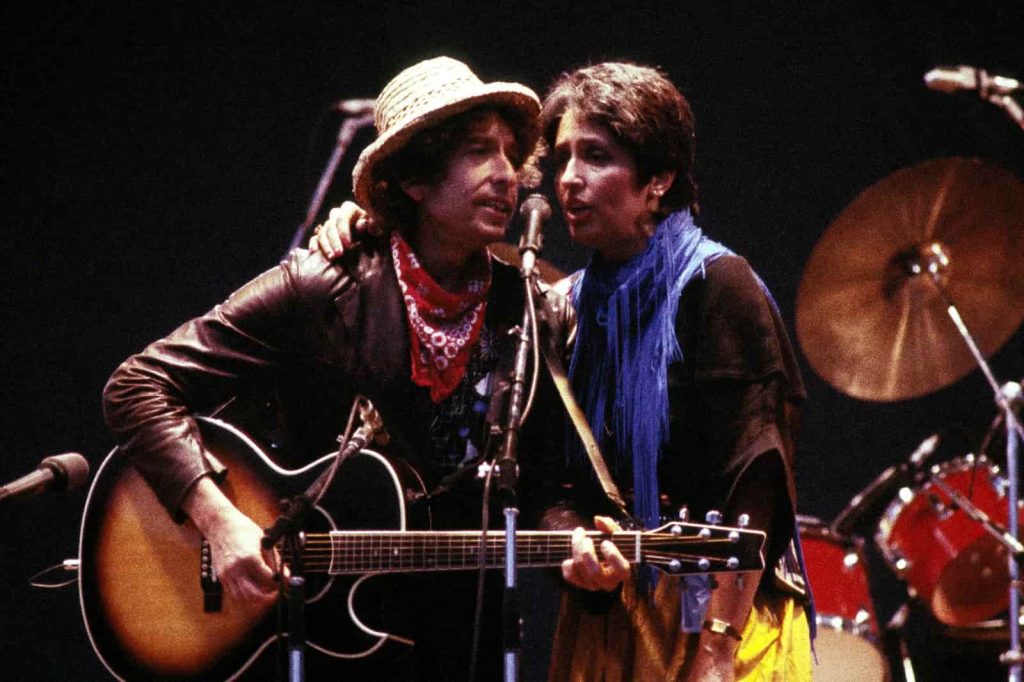
Whispers of Change: When a Protest Anthem Became a Timeless Echo
A poignant meditation on peace and the search for answers in a world fraught with conflict.
Ah, “Blowin’ in the Wind,” a song that, like a weathered photograph, instantly transports us back to a time of fervent idealism and societal upheaval. It’s not merely a tune; it’s a historical artifact, a sonic tapestry woven from the threads of the early 1960s. When Joan Baez and Bob Dylan performed this iconic track, it was a moment that resonated deeply, not just within the folk revival scene, but across a nation grappling with its conscience. Released during the burgeoning Civil Rights Movement, the song, while not charting as a major pop hit (it reached number two on the Billboard adult contemporary chart and number nine on the Billboard Hot 100 via Peter, Paul, and Mary’s version), became an anthem, a whispered prayer carried on the wind of change.
The story behind “Blowin’ in the Wind” is as simple and profound as the song itself. Bob Dylan, a young, fiercely talented songwriter, penned the lyrics in 1962, reportedly in a New York City cafe. The song’s genesis was less about providing concrete answers and more about posing fundamental questions about war, peace, and freedom. The lyrics, with their rhetorical queries, were a mirror reflecting the anxieties and hopes of a generation. Joan Baez, already an established figure in the folk movement, recognized the power of Dylan’s words immediately. She began performing the song, lending her crystalline soprano to its haunting melody, and in doing so, amplified its message to a wider audience. Their performances together, often captured in grainy black-and-white footage, are a testament to the raw, unpolished sincerity that defined the era.
The song’s meaning, while seemingly straightforward, is layered with nuance. It’s a universal plea, a timeless exploration of the human condition. Dylan’s lyrics, “How many years can some people exist, before they’re allowed to be free?” and “How many deaths will it take till he knows, that too many people have 1 died?” are not merely political statements; they are existential questions that probe the depths of our humanity. They speak to the frustration and disillusionment felt by many, a sense that the world was adrift, searching for direction. Baez’s interpretation, with its gentle yet resolute delivery, transformed these questions into a lament, a call for introspection and empathy.
For those of us who lived through those times, “Blowin’ in the Wind” evokes a powerful sense of nostalgia. It reminds us of a time when music was more than entertainment; it was a vehicle for social commentary, a catalyst for change. The song’s simplicity, its reliance on acoustic guitar and vocal harmonies, stands in stark contrast to the elaborate productions of modern music. Yet, its enduring power lies in its authenticity, its ability to connect with listeners on a deeply emotional level. It was a time when the very act of singing along felt like a declaration, a participation in something larger than oneself. It was a song that wasn’t just listened to, but felt, and lived. It became a soundtrack to countless marches, protests, and quiet moments of reflection. And, like the wind itself, it continues to carry its message, whispering across generations, a reminder of the enduring quest for peace and understanding.